Veen van der Gerrit Jan, born 26-11-1902, in Amsterdam,  one of the four children of the butcher Gerrit Jan van der Veen and Dorothea Lorenz. His older brother Gob van der Veen (1901-1972)
one of the four children of the butcher Gerrit Jan van der Veen and Dorothea Lorenz. His older brother Gob van der Veen (1901-1972)  also became a visual artist. Van der Veen married Louise Adriana van der Chijs (1909-1997)
also became a visual artist. Van der Veen married Louise Adriana van der Chijs (1909-1997)  on 25 November 1931. Two daughters were born from this marriage;
on 25 November 1931. Two daughters were born from this marriage;  artist Louise van der Veen (1933) and photographer Gerda van der Veen (1935-2006), who was married to photographer and filmmaker Ed van der Elsken.
artist Louise van der Veen (1933) and photographer Gerda van der Veen (1935-2006), who was married to photographer and filmmaker Ed van der Elsken. 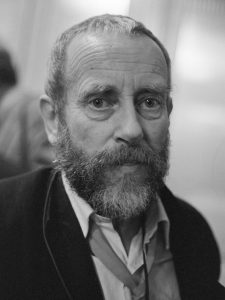 who died age 65 on 28-12-1990 in Edam. Gerda died age 71 on 09-07-2006.
who died age 65 on 28-12-1990 in Edam. Gerda died age 71 on 09-07-2006.
From his extra-marital relationship with Guusje Rubsaam, 
 a son Gerrit Jan was born, who bears the name of his stepfather’s Gerrit Wolffensperger.
a son Gerrit Jan was born, who bears the name of his stepfather’s Gerrit Wolffensperger.
 Van der Veen studied at the Rijksakademie of visual arts in Amsterdam and was taught by Johannes Hendricus Jurres
Van der Veen studied at the Rijksakademie of visual arts in Amsterdam and was taught by Johannes Hendricus Jurres 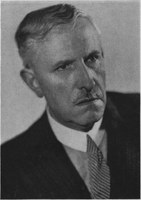
 and Jan Bronner,
and Jan Bronner, 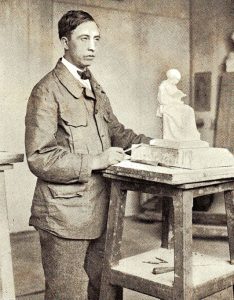
 among others. In 1932 he won the silver medal in the Prix de Rome
among others. In 1932 he won the silver medal in the Prix de Rome  and then continued his studies in Paris. He was a member of Arti et Amicitiae and the Dutch Circle of Sculptors. Johannes Hendricus Jurres in Amsterdam, 02-08-1946, age 71. Jan Bronner died 18-05-1972, age 90 in Laren
and then continued his studies in Paris. He was a member of Arti et Amicitiae and the Dutch Circle of Sculptors. Johannes Hendricus Jurres in Amsterdam, 02-08-1946, age 71. Jan Bronner died 18-05-1972, age 90 in Laren
During the war, Van der Veen refused to become a sculptor in a Culture Room established by the Germans. He even became leader of an action group against this room, with the result that he was soon arrested. After his release, Van der Veen went into hiding. He spent the rest of the war wandering through Amsterdam, from one hiding place to another. He was very active in the resistance and was the leader of an extensive resistance network.
Gerrit van der Veen set up the Personal Identification Center, where people could order an identity card  . This was done by members of Group 2000, of which van der Veen himself was a member.
. This was done by members of Group 2000, of which van der Veen himself was a member.  Portrait of Group 2000 co-founder and leader Jacoba van Tongeren, whose codename was ‘Ms. 2000’. She wears the Group 2000 armband with a coat of arms and the group name.
Portrait of Group 2000 co-founder and leader Jacoba van Tongeren, whose codename was ‘Ms. 2000’. She wears the Group 2000 armband with a coat of arms and the group name.
Around 80,000 identity cards have been made in this way at the Frans Duwaer printing works. During the war, thousands of people escaped arrest by the occupiers thanks to these activities. Forging the real Personal Identification Cards was a huge job that Gerrit van der Veen undertook. His first forgeries were not yet of really good quality, but soon he found a way to replicate the watermark in a very precise way. Applicants for a new identity card had to pay for this according to their means. People with a lot of money paid a lot, people with little money sometimes got it for free. Gerrit van der Veen was not after profit, he wanted to keep as many people as possible out of the hands of the Germans.
On 10-02-1943, Van der Veen started a fire in the Amsterdam Regional Employment Office on Passeerdersgracht 28-32, but due to insufficient fuel resources, the damage was limited.
Attack on the Amsterdam population register 1943 for the main article on this subject.In Amsterdam, it was very easy for the occupiers to trace people through the well-organized official municipal personal records system (population register, now Personal Personal Records Database). That is why Van der Veen, together with Willem Arondeus 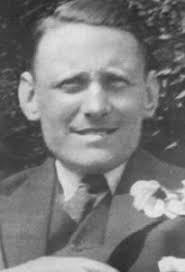 , Rudi Bloemgarten
, Rudi Bloemgarten 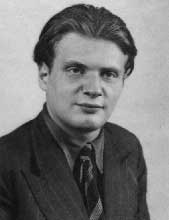 , Johan Brouwer
, Johan Brouwer  , Sam van Musschenbroek
, Sam van Musschenbroek  , Coos Hartogh
, Coos Hartogh 
 , Henri Halberstadt
, Henri Halberstadt 
 , Karl Gröger
, Karl Gröger  , Guus Reitsma
, Guus Reitsma 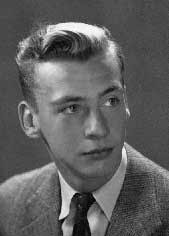 , Koen Limperg
, Koen Limperg 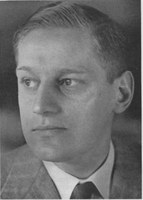 , Sjoerd Bakker, Cornelis Leende Barentsen
, Sjoerd Bakker, Cornelis Leende Barentsen 
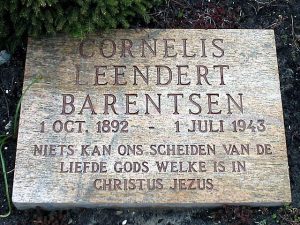 , Willem Beck, Cees Honig
, Willem Beck, Cees Honig  , Cornelis Roos
, Cornelis Roos 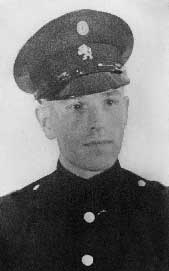 and Frieda Belinfante
and Frieda Belinfante  wanted to blow up the building of the population register on Plantage Middenlaan. The attack took place on 27-03-1943. The attack was partially successful; a fire started that was deliberately put out by the fire brigade. Fifteen percent of the administration was destroyed, but there was a duplicate in The Hague. A number of members of the resistance group were arrested. Van der Veen himself was the only one who managed to stay out of the hands of the Germans. Next to the door of the address Plantage Kerklaan 36 a memorial plaque
wanted to blow up the building of the population register on Plantage Middenlaan. The attack took place on 27-03-1943. The attack was partially successful; a fire started that was deliberately put out by the fire brigade. Fifteen percent of the administration was destroyed, but there was a duplicate in The Hague. A number of members of the resistance group were arrested. Van der Veen himself was the only one who managed to stay out of the hands of the Germans. Next to the door of the address Plantage Kerklaan 36 a memorial plaque 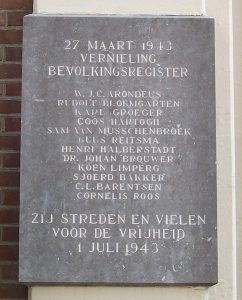 has been placed in memory of those who have put their lives at risk for this.
has been placed in memory of those who have put their lives at risk for this.
On the morning of Saturday, On 29-04-1944, Gerhard Badrian  , Gerrit van der Veen, Verbiest, Hans van Gogh and Frans Meijer ‘successfully cracked the Landsdrukkerij in The Hague. They took sheets with a total of 10,000 identity cards for the overburdened PBC.
, Gerrit van der Veen, Verbiest, Hans van Gogh and Frans Meijer ‘successfully cracked the Landsdrukkerij in The Hague. They took sheets with a total of 10,000 identity cards for the overburdened PBC.
In the early morning of Tuesday, 02-05-1944, van der Veen and a few other resistance fighters went to the Detention House on the Weteringschans, where his friends were locked up. Gerrit could not live with the thought that his resistance friends were arrested and wanted to free them. Partly due to over-fatigue and exposure to continuous tension, he started to take more and more risks. Every action had to be even bigger and more dangerous than the last.
Although his employees had urged Gerrit not to go to the Weteringschans, because he was too important as a leader and he had to keep leading the group, he refused to stay at home. Thus, a handful of members of the resistance went to prison to free their comrades. A guard who was in the plot opened the gate. Van der Veen was surprised by a guard dog, pulled his gun and shot the dog. The shot alerted the guards. In the chaos that followed, Van der Veen was hit in the back by a bullet that paralyzed his legs. He nevertheless managed to escape to a hiding place. The doctor Julius de Clercq Zubli  gave him first medical help there.
gave him first medical help there.
Death and burial ground of Veen van der Gerrit Jan.
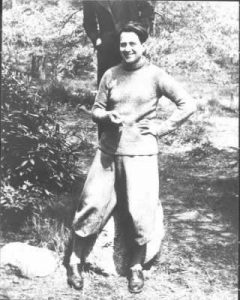

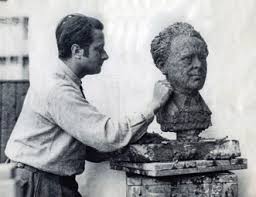
Two weeks later he was arrested at his hiding place – a building on the Prinsengracht, where the De Spieghel publishing house was located. At the same time as publisher Tine van Klooster 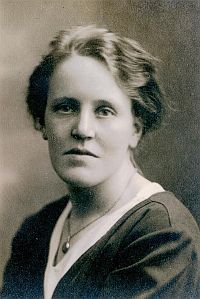 and his companion Helene “Suzy” van Hall
and his companion Helene “Suzy” van Hall  were arrested. The doctor De Clercq Zubli was also arrested during a second visit to the hiding place. This later ended up in Sachsenhausen. He survived the war. Because the Germans were afraid that other members of the resistance would try to free their leader, various rumors were spread about where Van der Veen was imprisoned. And where a execution was normally carried out a few weeks after the judgment, this was already done a few days later in the case of Van der Veen and his friends. On 10-06-1944 they were shot in the dunes near Overveen. Van der Veen, age 41, is buried with his friends at the Dutch Honorary Cemetery in the Bloemendaal dunes. His neighbour there is the famous resistance girl with the red hair Hannie Schaft.
were arrested. The doctor De Clercq Zubli was also arrested during a second visit to the hiding place. This later ended up in Sachsenhausen. He survived the war. Because the Germans were afraid that other members of the resistance would try to free their leader, various rumors were spread about where Van der Veen was imprisoned. And where a execution was normally carried out a few weeks after the judgment, this was already done a few days later in the case of Van der Veen and his friends. On 10-06-1944 they were shot in the dunes near Overveen. Van der Veen, age 41, is buried with his friends at the Dutch Honorary Cemetery in the Bloemendaal dunes. His neighbour there is the famous resistance girl with the red hair Hannie Schaft. 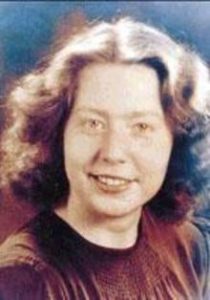
 Louise van der Veen-van der Chijs and Cor Hund hang a wreath on the house where the resistance fighter lived (10-06-1965)
Louise van der Veen-van der Chijs and Cor Hund hang a wreath on the house where the resistance fighter lived (10-06-1965) 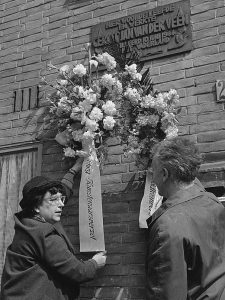
In 2003, Gerrit Jan van der Veen received the Yad Vashem award posthumously for his merits as a non-Jew for his Jewish fellow citizens. The award was presented at the Gerrit van der Veen College 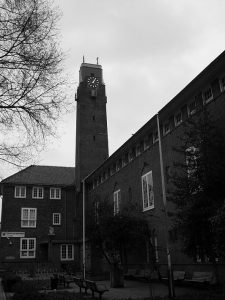 by the Israeli ambassador. Children, grandchildren and great-grandchildren of the resistance man were present.
by the Israeli ambassador. Children, grandchildren and great-grandchildren of the resistance man were present.
















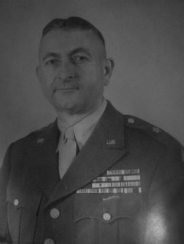
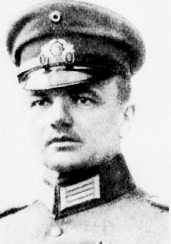


Leave a Reply